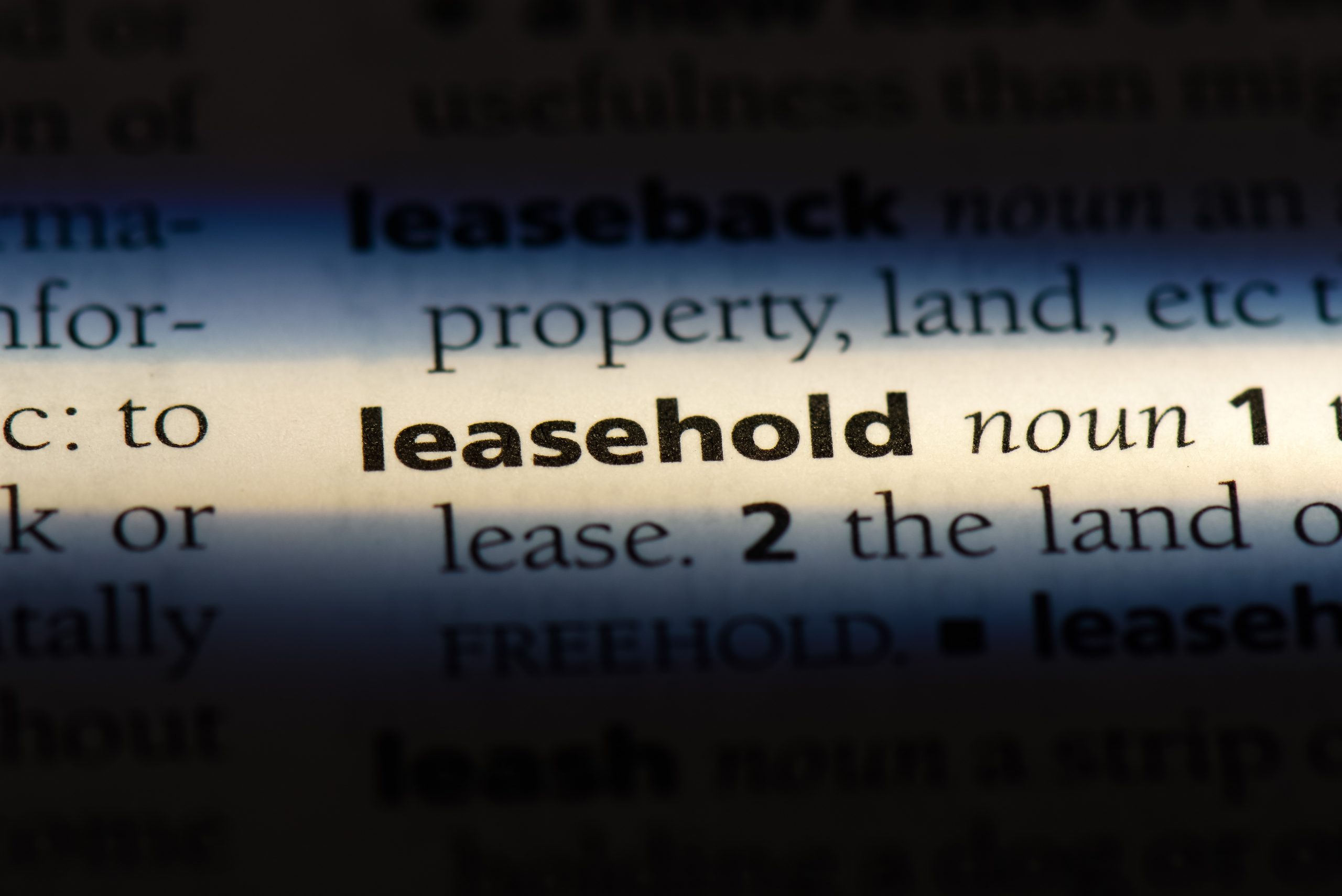Figures from HMRC showed this made up just 1.4% of all residential mortgage completions since 19 April 2021 – when the scheme launched – to 30 June this year.
The share of mortgages completed through the scheme contracted slightly from accounting for 1.5% of the residential market since its launch to the end of Q1.
The total value of the scheme in Q2 was £1.3bn, while the overall value of loans supported was £8.9bn. The mortgages were used to finance properties with a collective value of £9.4bn.
The average value of a property purchased or remortgaged with the mortgage guarantee scheme was £204,716, lower than the average house price of £288,000, according to Government data.
The largest share of properties using the scheme were worth between £150,001 and £200,000, making up 24% of completions. This was followed by properties worth up to £125,000, accounting for 23% of activity.

Wellness and wellbeing holidays: Travel insurance is essential for your peace of mind
Out of the pandemic lockdowns, there’s a greater emphasis on wellbeing and wellness, with
Sponsored by Post Office
Terraced houses made up the biggest share of completions, making up 36% of the total, while semi-detached homes accounted for 30% of completions.
This was followed by flats or maisonettes at 23%.
Detached homes made up just 8% and bungalows accounted for 3%.
Some 87% of borrowers using the mortgage guarantee scheme were first-time buyers.
The largest proportion of all borrowers had a household income of between £40,001 and £50,000, at 21%. Most completions came from borrowers with incomes of between £30,001 and £80,000, while the average household income was £56,613.
The majority of mortgage guarantee scheme completions took place in England, accounting for 69% of activity. Within England, 12% of completions were in the North West and 11% were in the South East, making them the top two regions for the scheme.
Scotland accounted for 23% of activity, while Northern Ireland was just 3% and Wales was 5%.
Mortgage guarantee scheme not addressing root issues
Last month, the Labour Party confirmed its decision to make the mortgage guarantee scheme permanent and rename it ‘Freedom to Buy’.
Karen Noye, mortgage expert at Quilter, said the data indicated why the policy fell short of addressing the root causes of the housing crisis.
With the average property value of the scheme being less than the national average, Noye said it “raised questions about its ability to cater to those in more expensive parts of the country”.
She added: “Labour’s pledge to make this scheme permanent under their rebranded ‘Freedom to Buy’ initiative risks doubling down on policies that fail to meaningfully address affordability issues or the structural flaws in the housing market.
“While well-meaning, Labour’s plans do little to tackle the core problem of high house prices relative to wages, which continue to put homeownership out of reach for many. The reliance on 95% loan to value (LTV) mortgages leaves buyers with minimal equity, increasing the risk of negative equity should house prices fall – a real concern in a volatile market. Schemes like these are more of a sticking plaster than a solution, helping only a fraction of buyers while doing nothing to address the broader affordability crisis.”
Noye said the decision not to extend the increased stamp duty threshold added strain to first-time buyers.
“In the short term, this policy will trigger a rush of buyers scrambling to complete purchases before the threshold reduction takes effect, artificially inflating house prices as demand spikes. In the long term, it makes homeownership even more expensive for first-time buyers, eroding affordability further and exacerbating the very issues schemes like ‘Freedom to Buy’ claim to solve,” she added.
She said this ignored the lessons of past schemes like Help to Buy.
Noye continued: “For first-time buyers, what’s truly needed is a commitment to addressing housing supply. Without sufficient stock, no amount of demand-side intervention will solve the affordability crisis. Labour must prioritise policies that tackle the imbalance between supply and demand, such as incentivising housebuilding, streamlining planning processes, and increasing investment in affordable housing.
“In its current form, ‘Freedom to Buy’ risks being little more than a repackaging of existing policies that have already proven limited in their impact. Without addressing the fundamental issues driving house prices and providing long-term certainty to buyers, it is unlikely to deliver the transformative change the market so desperately needs.”
This article was first published on YourMoney.com‘s sister site, Mortgage Solutions. Read: Mortgage guarantee scheme completions up by just 1,400 since Q1




